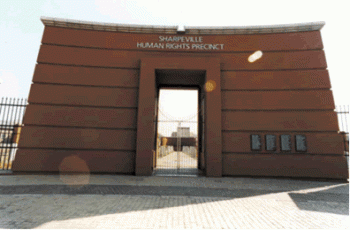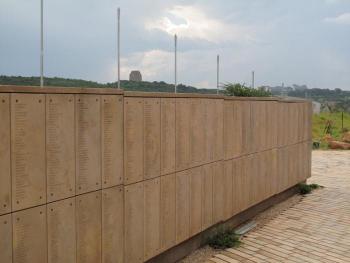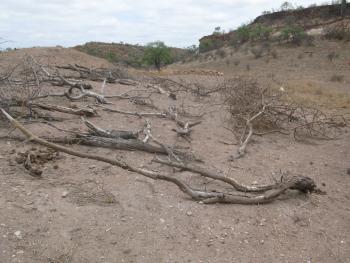Posted on March 14, 2011
As I ran my errands on Human Rights Day on Monday, I felt compelled to at least explain to my children the meaning of this day. I always try to explain why we are not going to work or school during each of the many South African public holidays. However, I always find myself telling the children about people getting killed during the bad days of apartheid and about all those that died for the freedoms they now enjoy. The 21st of March marks Human Right Day in South Africa and it symbolically serves to commemorate the long struggle for human rights in South Africa, these rights are now included in the Bill of Rights. On the 21 March 1960, events were planned in different parts of Apartheid South Africa, for people to protest against the Pass Laws that required black people to carry a pass document with them all the time. If one was caught without the pass, they would be arrested by the police or get sent away from the towns back to the 'homelands'.
On this day, in protest people decided to go to police stations without carrying any of their passes to demand arrest. In Sharpeville, thousands of people gathered at the police station and were met by police who tried to stop the protest action. The police opened fire on the crowd, sixty-seven people were killed and 180 more were injured. This event was a turning point in South African history and during apartheid, this day was regarded as a commemoration of Sharpeville Day. For many years it was commemorated both at in the country and abroad by anti-apartheid movements to draw attention to the struggle for Freedom in South Africa. This day was also declared International Day for the Elimination of Racial Discrimination by the United Nations and the Sharpeville Memorial in Emfuleni stands to memorialise those who died.


According to the definitions section of the NHC position paper, cultural significance refers to aesthetic, architectural, historical, scientific, social, spiritual, linguistic or technological value or significance. However, when looking up the definition of cultural appropriate I could not find it, this then got me to wonder whether we should not firstly wrap our minds around the term 'Culture' and its derivatives such as cultural, culturally etc. in the memorialisation projects that are mbarked upon. I have written on these pages about the Prestwich Memorial saga and the conflict regarding the appropiateness of the site. I then shift my attention to Mapungubwe, another historical site from which human remains were excavated in the 1930's. The remains from Mapungubwe were placed at the University of Pretoria for research purposes until their repatriation and reburial in 2008. The reburial event in Mapungubwe comprised of an early morning traditional ceremony involving traditional healers and a celebration in the evening. However, what is conspicuous about this, is the way in which the burial of those that have been widely regarded as a pre-historic royal family are not marked by a monument, as is the case with Sharpeville and Freedom Park. The burials at the top of Mapungubwe Hill are covered with rocks, while the ones at K2, a site near Mapungubwe has branches scattered over the "mass grave". Perhaps this is culturally significant form of burial and memorialisation, however, to me it seems like some dead have more rights than others.


Xolelwa Kashe-Katiya is the Deputy Director at the Archival Platform and a Research Fellow with the Archives and Public Culture Research Initiative
To comment on the Position Paper on the Proposed NHC Policy Framework, please contact Dr. Helene Vollgraaff on : +27(12) 348 1663 or e-mail policy@nhc.org.za by 25 March 2011